Bindi Irwin reveals terrifying effect endometriosis had on pregnancy
The 25-year-old wildlife warrior became overwhelmed with emotion detailing the terrifying moment she thought she was losing her child.
Bindi Irwin has revealed terrifying effect endometriosis had on her pregnancy – stating at one point the condition was so painful, she feared she was miscarrying.
The 25-year-old wildlife conservative welcomed daughter Grace with husband Chandler Powell in March 2021, describing the little girl’s arrival as “the most beautiful light”.
Now the daughter of the late “Crocodile Hunter” Steve Irwin has revealed she endured a harrowing miscarriage scare while pregnant due to the disease, which causes tissue similar to that which lines the uterus to grow outside the uterus, and affects 1 in 7 Australian women.
Bindi made the heart-wrenching admission while publicly discussing her endometriosis diagnosis for the first time, after telling fans about her decade long battle on Instagram in March.
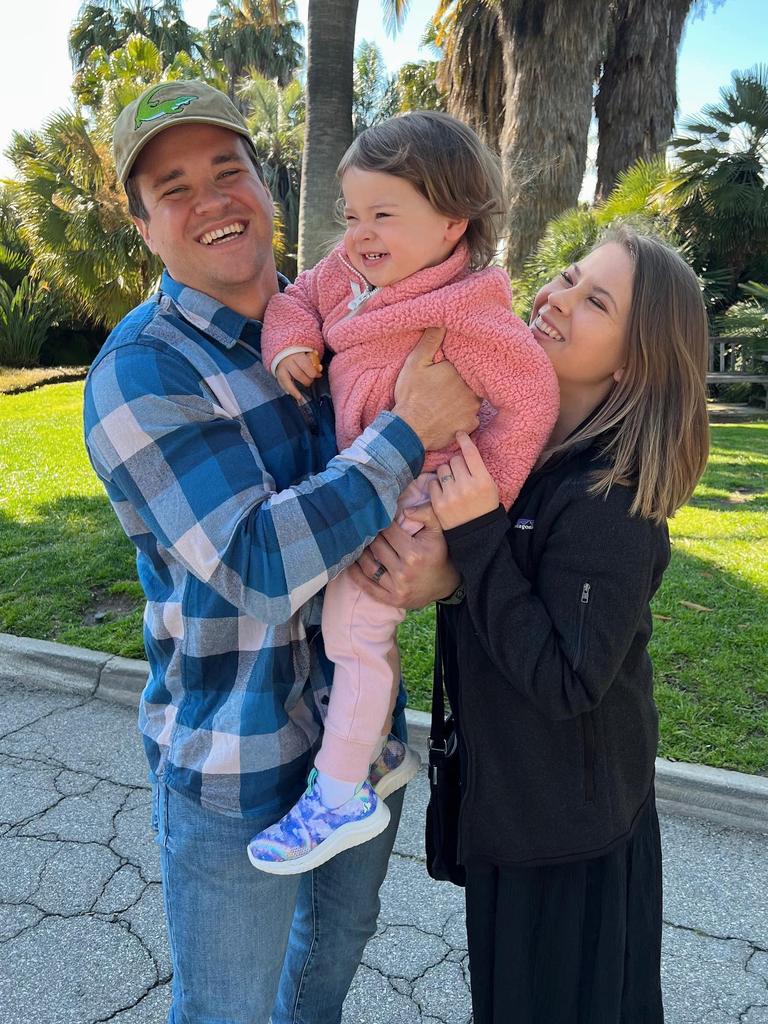
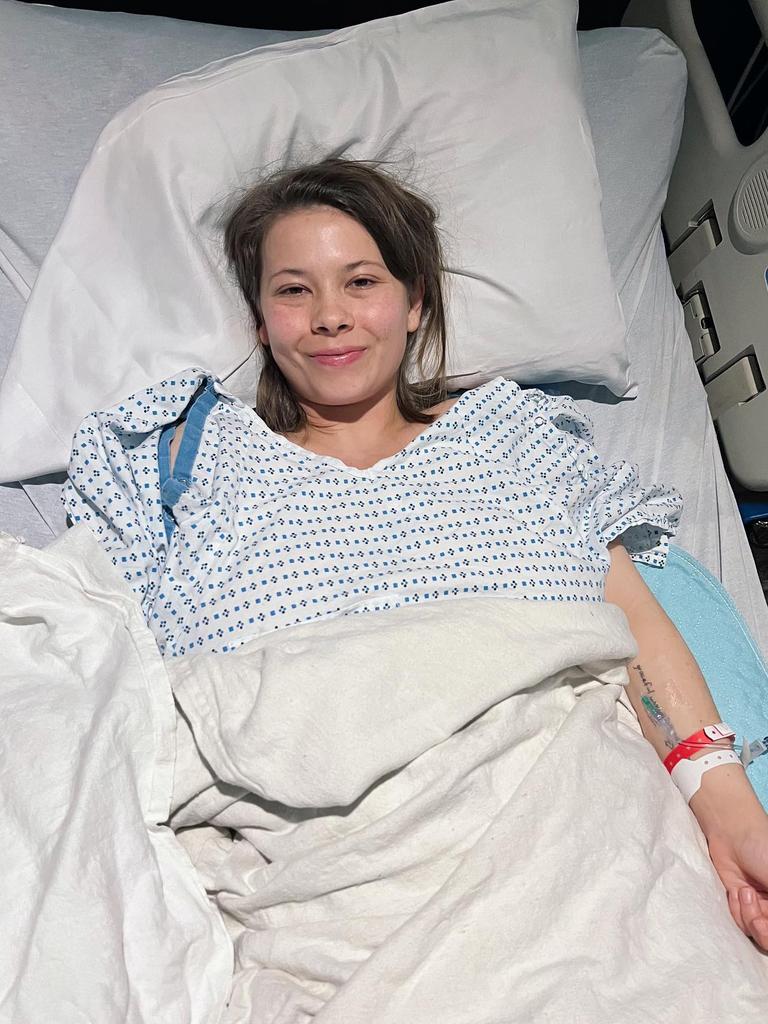
“Along my pregnancy journey. I would often have times where I thought I was miscarrying because I would have severe unexplained pain,” she told Good Morning America.
“I would think that I was losing our beautiful daughter.”
Symptoms and severity varies from person to person with endometriosis, but for many it can be crippling – and can also cause infertility.
It’s caused by the offending tissue growing in areas it shouldn’t, such as on the ovaries and fallopian tubes as well as on organs such as the bladder, bowel, vagina, and cervix.
It’s also commonly misdiagnosed by medical professionals.
Bindi broke down in tears as she spoke about her struggle for a diagnosis, describing her “journey” as “a long 10 years”.
“I was tested for cancer, I had MRIs, I had ultrasounds, I had CT scans, just you name it. I was checked for everything,” she said.
“The scariest thing was – there were no answers.”
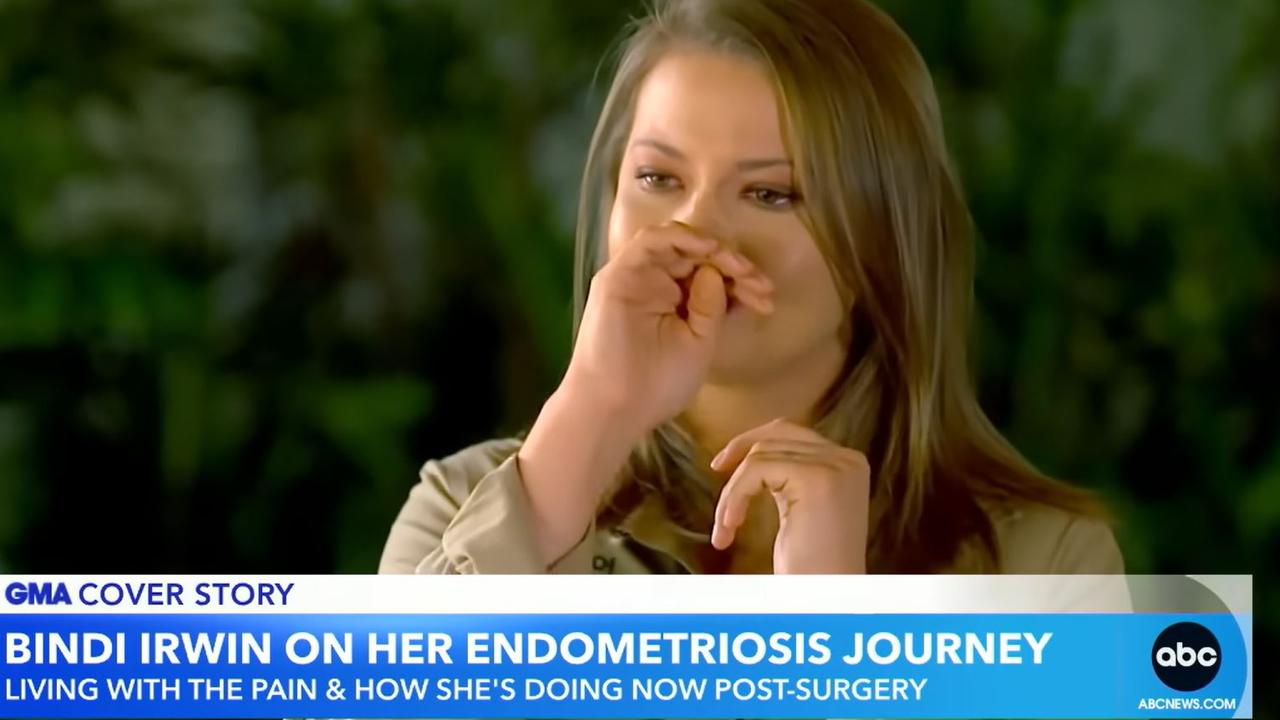
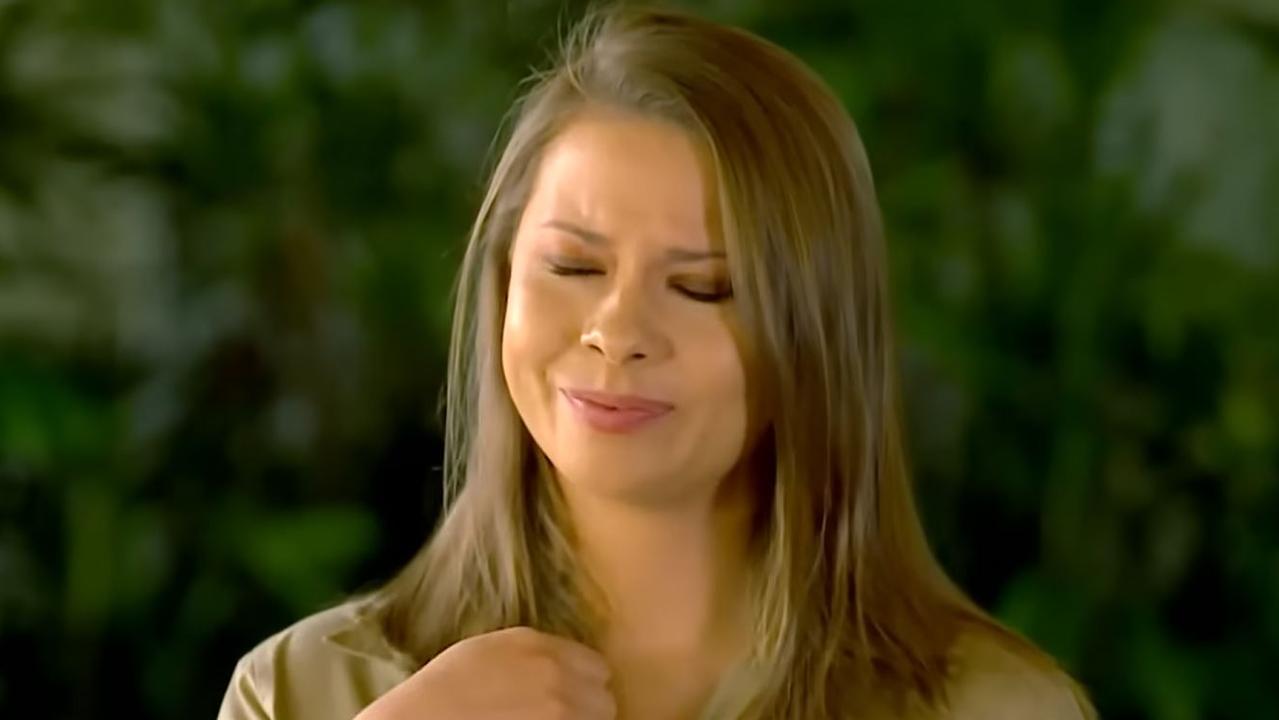
Instead, the “wildlife warrior” – who runs Australia Zoo in Queensland with her brother Robert and mum Terri – lived through some of her biggest milestones in “insurmountable” pain, including winning Dancing With The Stars in 2015 and getting married in 2020.
Bindi previously explained she began experiencing symptoms when she was just 14, describing the moment she “gave up” searching for answers after a disappointing conversation with a baffled doctor.
“I had pain every single day of my life. Suddenly, no matter where we went, where we were going, I would be falling asleep. I felt like I constantly had the flu,” she wrote in March.
“We tried and tried and tried for years and years and years, and finally, a doctor told me it was just part of being a woman.
“And that’s when I gave up. I stopped looking for answers.”
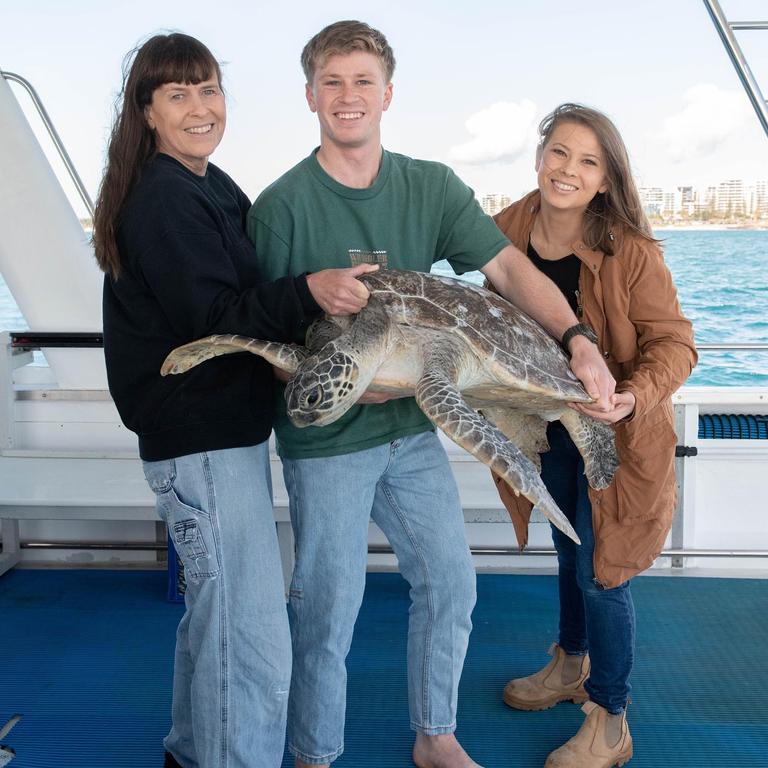
However, during her pregnancy, the pain “magnified” to a point where it was “out of this world”.
“I had a pain in my pelvis, pains in my belly, every day. But every now and then, the pain would get so much that it would literally just knock me over,” she said.
It even continued after Grace was born, sometimes leaving her “lying on the floor in agony” as she tried to care for her young child.
“I had a stabbing pain in my side. I couldn’t get up, or I would throw up. And I was scared I would pass out,” Bindi detailed.
“I was so scared because I was worried if I was alone with Grace, something would happen to me and she would be on her own.”
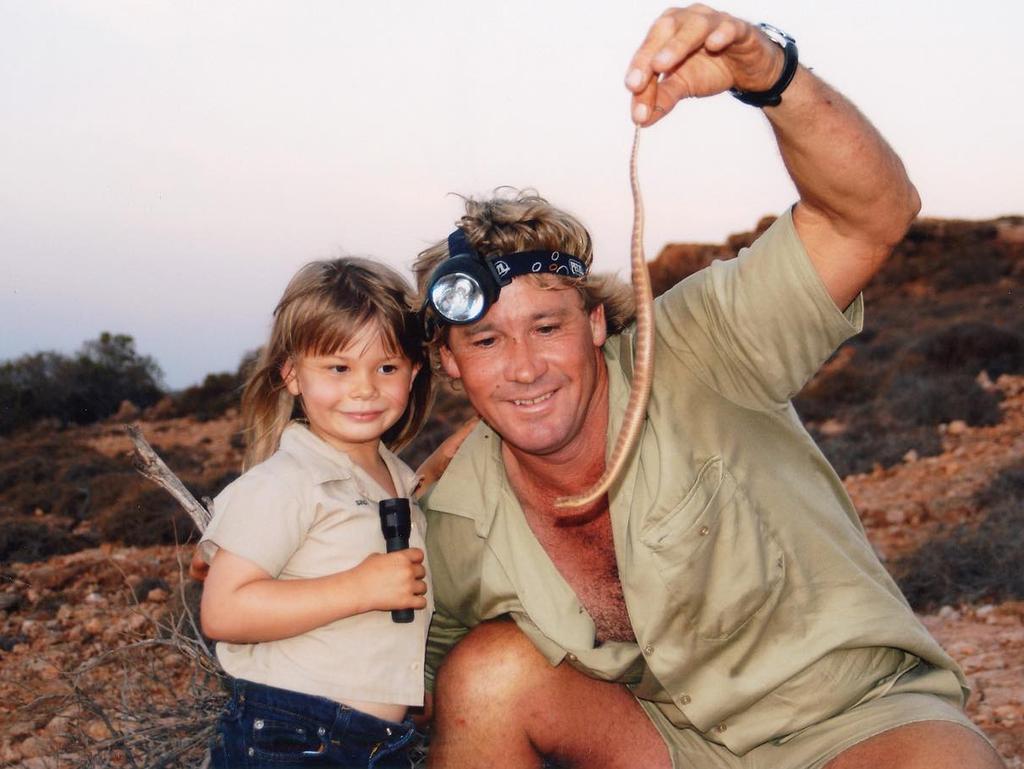
Despite a huge number of people with uteruses in Australia suffering from the issue, it remains incredibly misunderstood and it’s notoriously difficult to get a diagnosis.
Research by Endometriosis Australia found it takes an average of 6.5 years to diagnose. Women often recall being laughed out of hospitals, denied treatment or told nothing can be done.
It was previously believed 1 in 9 women live with the condition, but this was recently increased to 1 in 7 following the findings of new research by the Australian Institute of Health and Welfare (AIHW).
“This increase may reflect increased awareness of endometriosis among the general public and health professionals, leading to increased diagnosis and/or reporting of diagnosis among women born more recently,” AIHW spokeswoman Katherine Faulks said in September.






